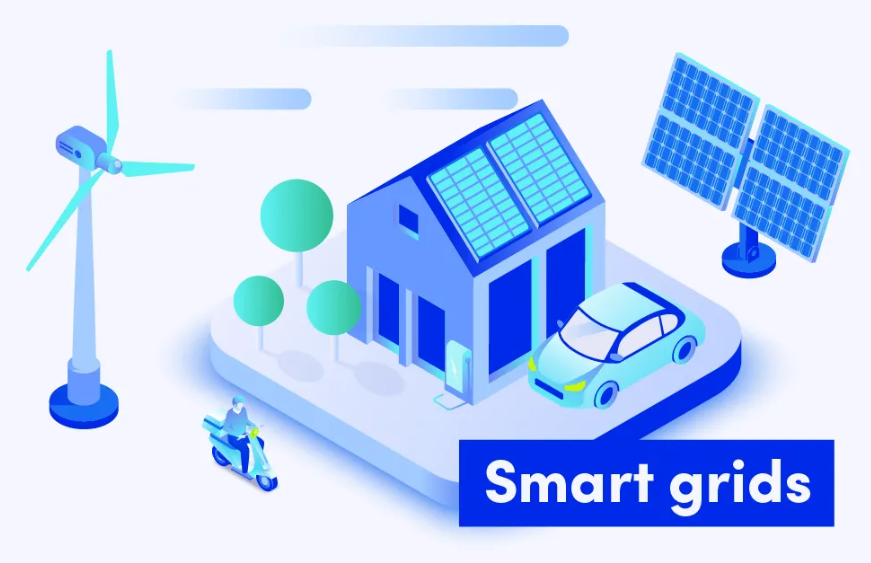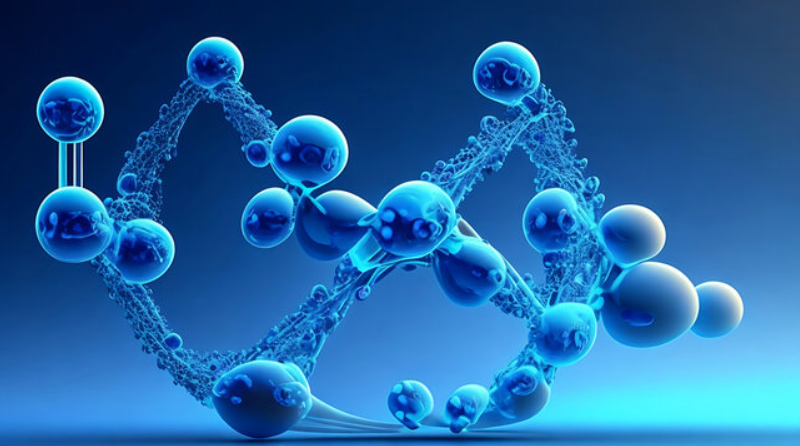Energy & Power
Smart Grid: An Overview of the Modern-Age Technology
What Exactly is a Smart Grid?
Electricity is the most crucial form of energy. Without electricity, access to the modern world wouldn’t be possible. Fortunately, since the late 19th century, electric grids have been the primary source of electricity.
“The grid” is an electric grid with a network of transformers and transmission lines that supply electricity from power plants to commercial and residential buildings, public areas, industries, and other areas. As technology evolved dynamically, the concept of smart grids came into existence. It’s an enhancement and game-changer of the 21st century!
A smart grid is an electricity network that uses digital technologies, such as advanced sensors, real-time data analytics, and machine learning algorithms, to supply electricity to consumers. It can adjust the supply to perfectly match the demand and remain operational. Smart grids allow two-way communication between utilities and consumers, making it easy to swiftly detect and respond to changes in energy consumption.
Today, many governments and organizations worldwide are encouraging using smart grids to control the impact of global warming, and emergency resilience. Shifting to smart grids from traditional grids requires electronic devices, computer systems, and new power infrastructure using standardized protocols. The smart grid offers countless opportunities to take the energy industry to new heights of success. Further, it enters a new era of reliability and efficiency that will pave the way toward economic and environmental balance.
Unlocking the Benefits of Smart Grid
Integration with Renewable Systems: Smart grids can respond to any shifts in the output from renewable resources. This may be distributed or large scale by changing the demands or calling storage resources, due to which better integration of renewables is possible.
Higher Efficiency: A smart grid allows real-time monitoring and control of electricity use. The outcome is a decline in energy waste and overall higher efficiency. Thus, using a smart grid can optimize the distribution network and reduce transmission losses, eliminating the need for power generation sources.
Top-notch Security: Security is the utmost priority in the face of the growing number of security crises. The intelligent grid offers significant security with advanced cybersecurity measures to avoid incoming cyber threats.
Fewer Electricity Issues: Electricity is one of the most convenient forms of energy and thus needs to be saved. Around 8% of electricity can be lost when electricity is transmitted over long distances. Smart grids are beneficial as they help manage energy efficiently, which is a win-win for utilities and consumers.
Smart Grid Components
Here are the main components that form a smart grid:
Smart Power Meter: The intelligent power meters offer two-way communication between the electricity providers and end users. The smart meter detects failures and automates billing data collection.
Super Conducting Cables: One of the significant components of the smart grid is the superconducting cables. It plays a vital role in providing long-distance power transmission.
Automated Feeder Switches: Automated feeder switches are mainly used for balancing. This means transferring current from an overloaded line to a lightly loaded neighbor, balancing the power load.
Power System Automation: Innovative grid technologies, which use next-gen IT infrastructure to control every step of the power distribution chain, enable power system automation.
Challenges to Smart Grid Technology
Synchronization of Time: Timing synchronization is vital for efficient real-time measurement and control, detecting faults, system maintenance, and more. The timing gap can have a significant impact on the grid efficiency. This is a major challenge when you’re deploying smart grids.
Malicious Code Infection: The code infection can affect intelligent grids in a high-risk way, both physically and remotely.
Cyberattacks: Smart grids work on two-way communications networks as they process, analyze, and manage vast data. This makes it easily prone to cyberattacks.
Interoperability: The heterogeneity of stacks and protocols can cause interoperability issues between devices, systems, and applications. Thus, it is necessary to ensure as secure communication as possible.
The Future
While energy consumption remains the top priority, smart grid technologies are here to stay and revolutionize the sector. By adopting a smart grid, energy production can be streamlined, reducing wasted energy. Plus, prevent outages by varying and continuing power supply in challenging scenarios. The future is highly promising as the smart grid comes with only greater possibilities ahead!
Follow us on LinkedIn - https://www.linkedin.com/company/xcellent-insights




